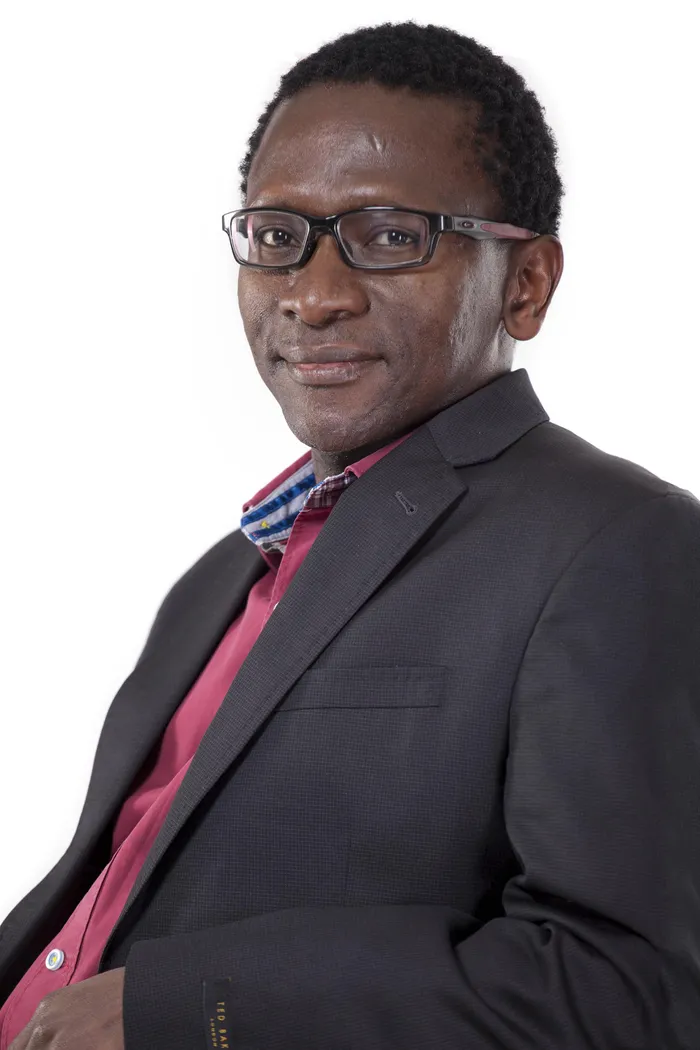Elon Musk's Starlink: a threat to South Africa's astronomical research?

One of the 64 MeerKAT Telescopes observing our skies.
Image: UWC
The prospect of Elon Musk’s satellite internet venture, Starlink, expanding its operations to South Africa has generated considerable excitement, particularly for its potential to bridge the digital divide in rural communities. However, experts in the field of astronomy are raising concerns about the unintended consequences of satellite constellations on South Africa’s world-class radio telescopes.
University of the Western Cape (UWC) Professor Lerothodi Leeuw recently spoke to Cape Talk radio about the disruptive impact that Starlink and similar satellite networks could have on the country’s premier astronomical facilities. Among those at risk are the Southern African Large Telescope (SALT), a state-of-the-art observatory in Sutherland, and the ambitious Square Kilometre Array (SKA) project, designed to unlock new insights into the universe.
Prof Leeuw likened the interference caused by satellites to a form of “photo-bombing,” where artificial radio signals intrude upon critical observations. He emphasised that this issue is not new, but Starlink’s growing prominence has renewed discussions around mitigating the effects of space-based transmissions.
South Africa has invested significantly in its radio telescope infrastructure, and authorities have implemented strict regulations to minimise interference from terrestrial sources. The SKA site, for instance, is located within a designated radio-quiet zone. However, Prof Leeuw pointed out that these safeguards do not extend beyond national borders, leaving space-based satellites outside the scope of local regulations.

Professor Lerothodi Leeuw
Image: UWC
“We don't control low Earth-orbiting satellites,” he noted, highlighting that Starlink is not the only operator deploying satellite constellations. Other ventures, such as OneWeb and Project Kuiper, also contribute to the challenge.
Despite the difficulties, Prof Leeuw remains optimistic that measures can be put in place to mitigate the problem. He suggested that temporarily disabling satellites while they pass over sensitive areas could help prevent interference.
“There is potential to mitigate the problem by turning off satellites for just a few seconds as they cross the region, without affecting transmission elsewhere,” he explained.
Some scientists have already approached Starlink to explore solutions, leading to adjustments in satellite design. These include adding optical reflectors to redirect light away from telescopes or modifying the satellites’ surfaces to reduce glare. However, altering orbital paths to completely avoid interference remains impractical.
Prof Leeuw underscored the significance of this issue within the scientific community. He revealed that a conference dedicated entirely to tackling satellite interference was held last year, although discussions on radio astronomy only occupied half a day, showing that the subject, while growing in importance, remains under-addressed.
As satellite constellations continue to proliferate, experts in astronomy are urging operators to take more proactive steps to minimise their footprint on scientific exploration. The balance between global connectivity and preserving the integrity of astronomical research is a delicate one, and finding solutions will require coordinated effort between governments, scientists and satellite providers alike.
Related Topics: